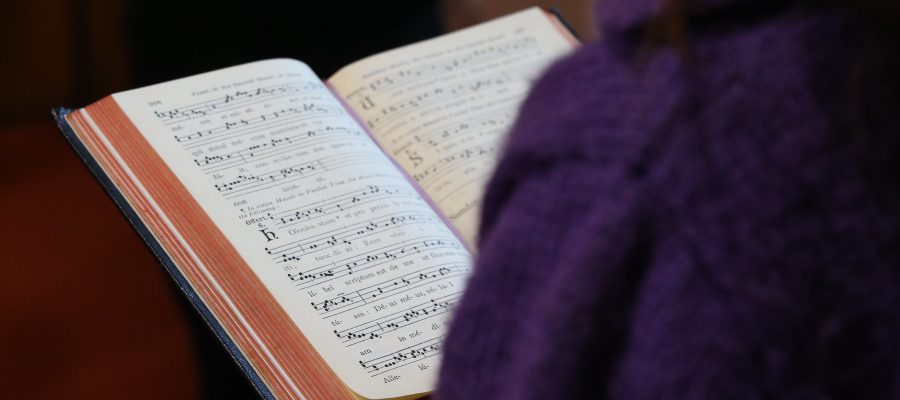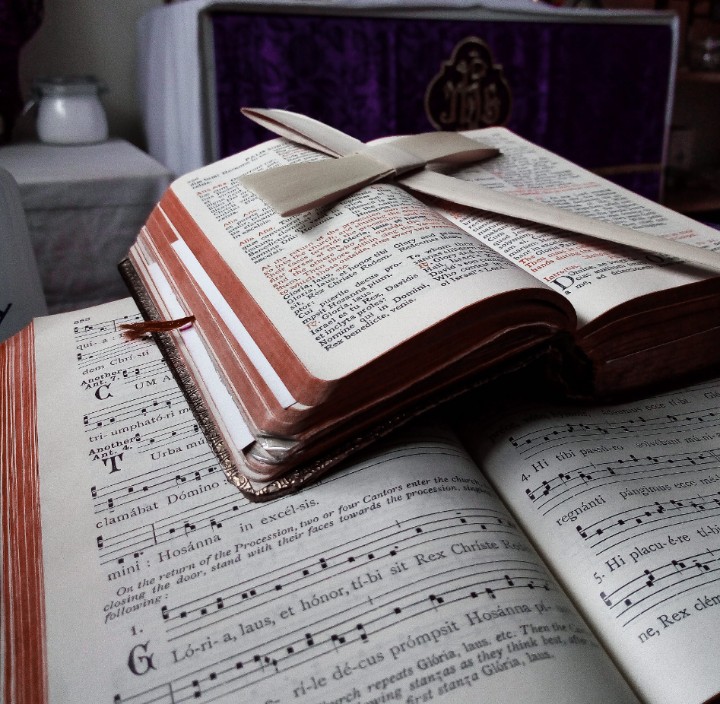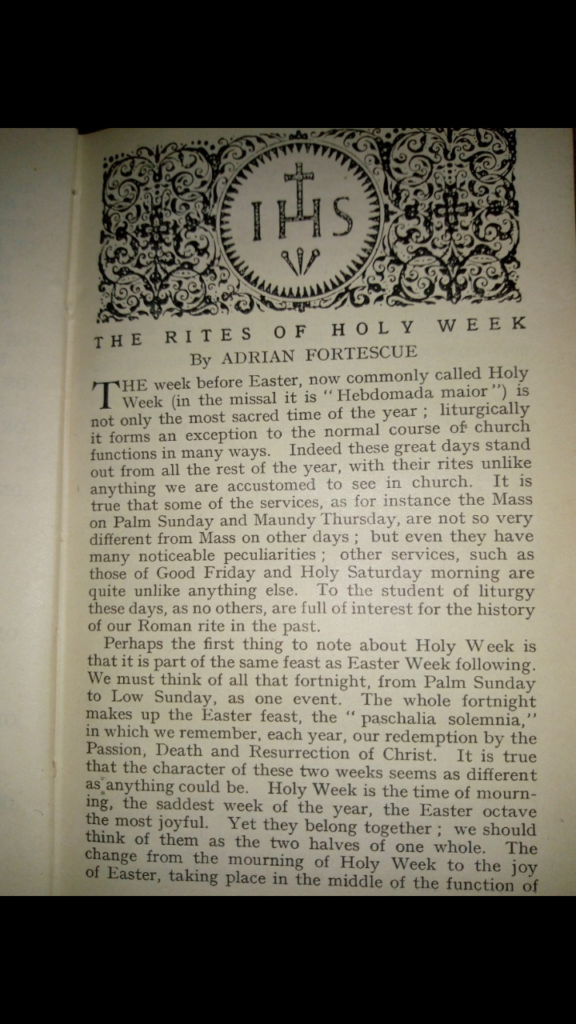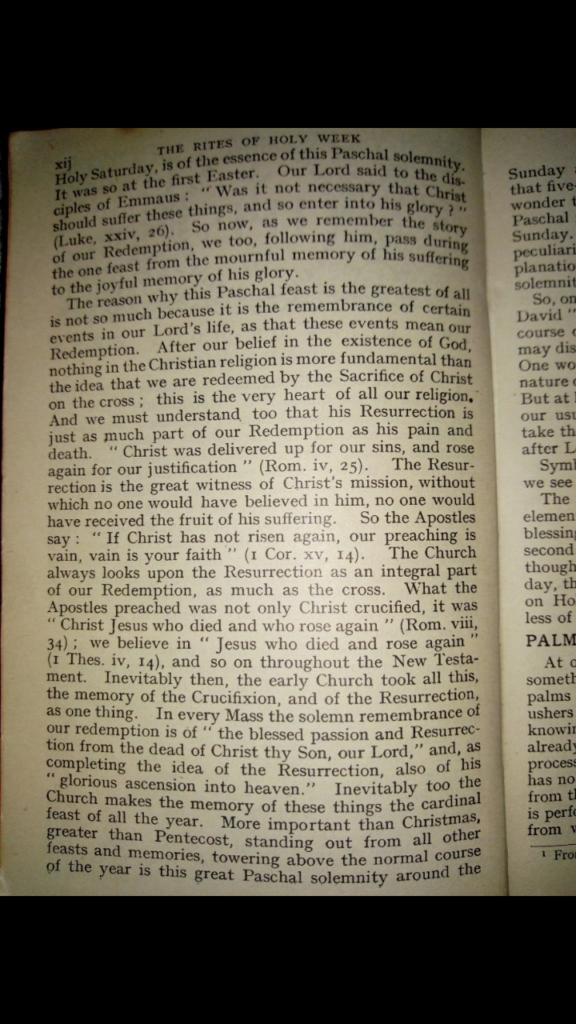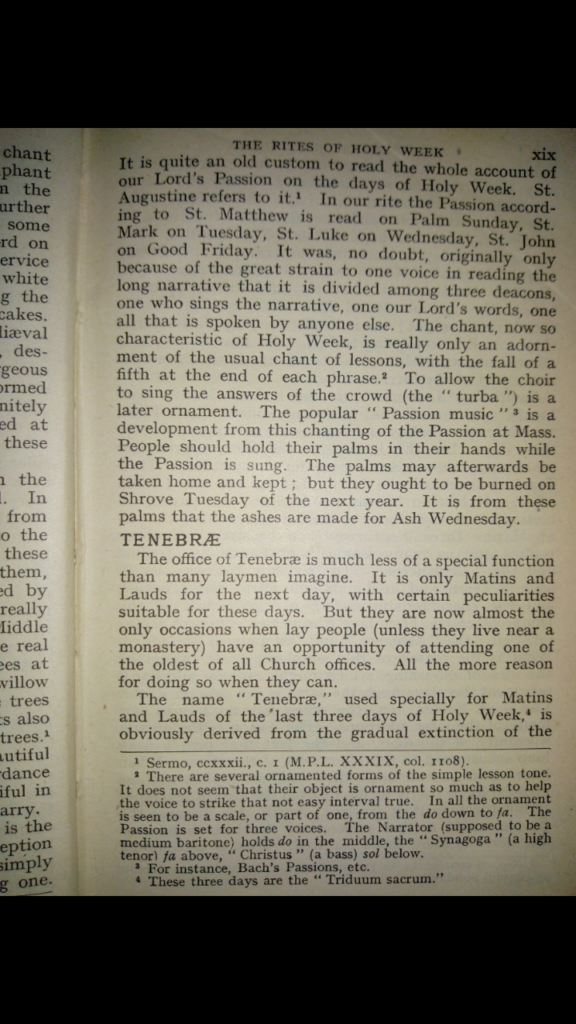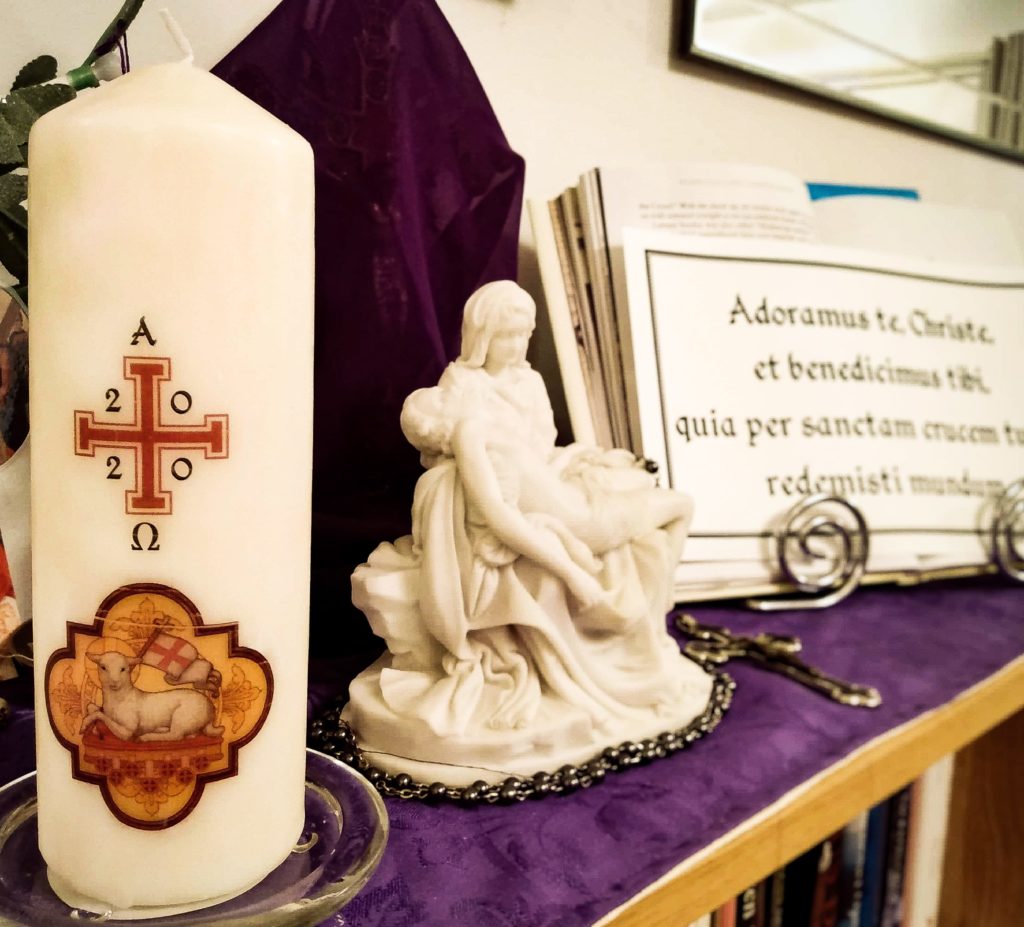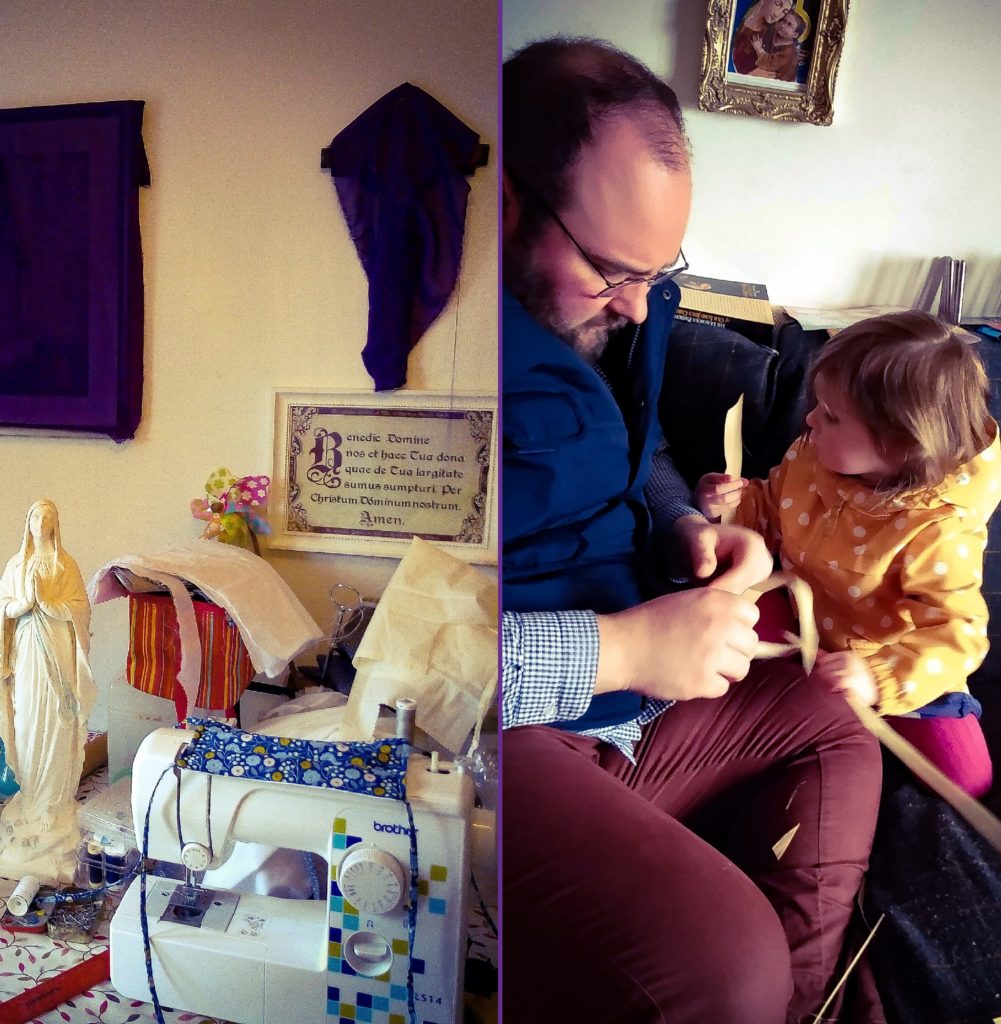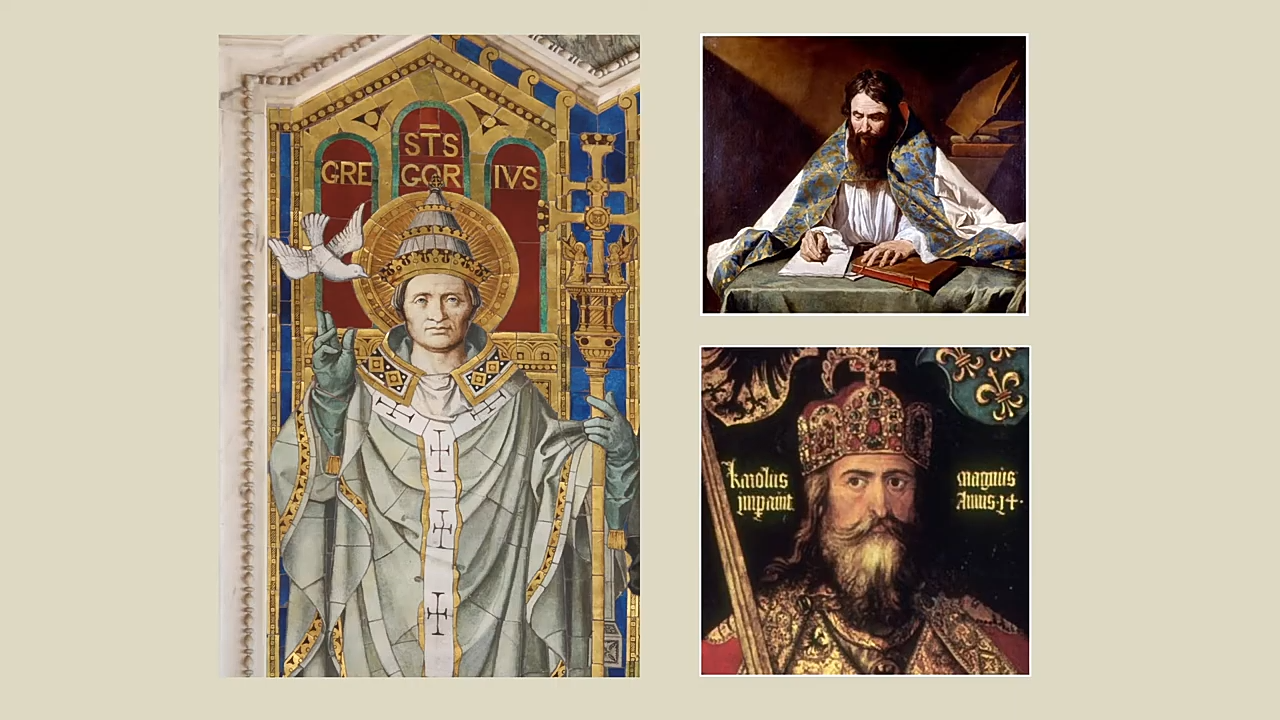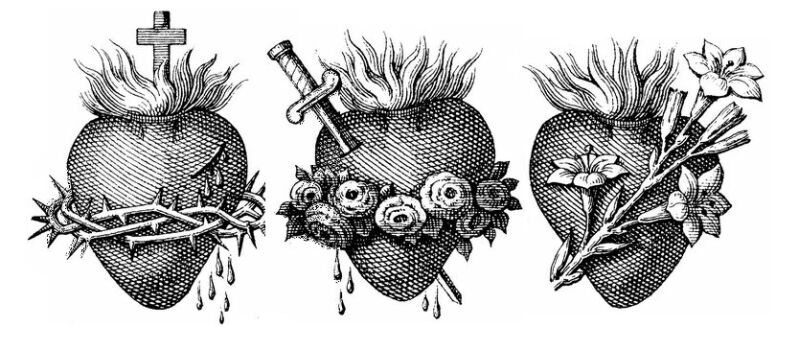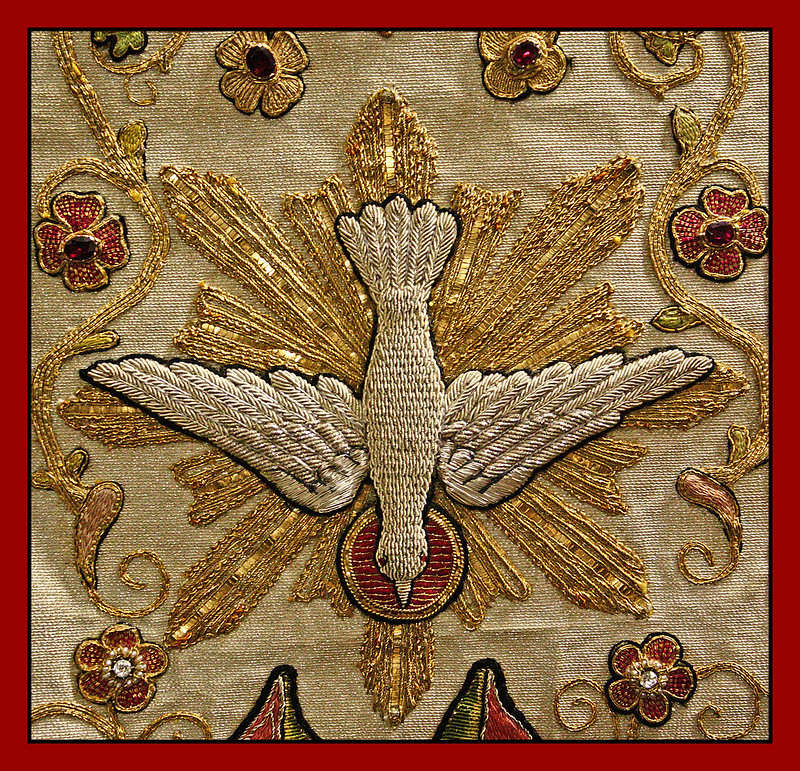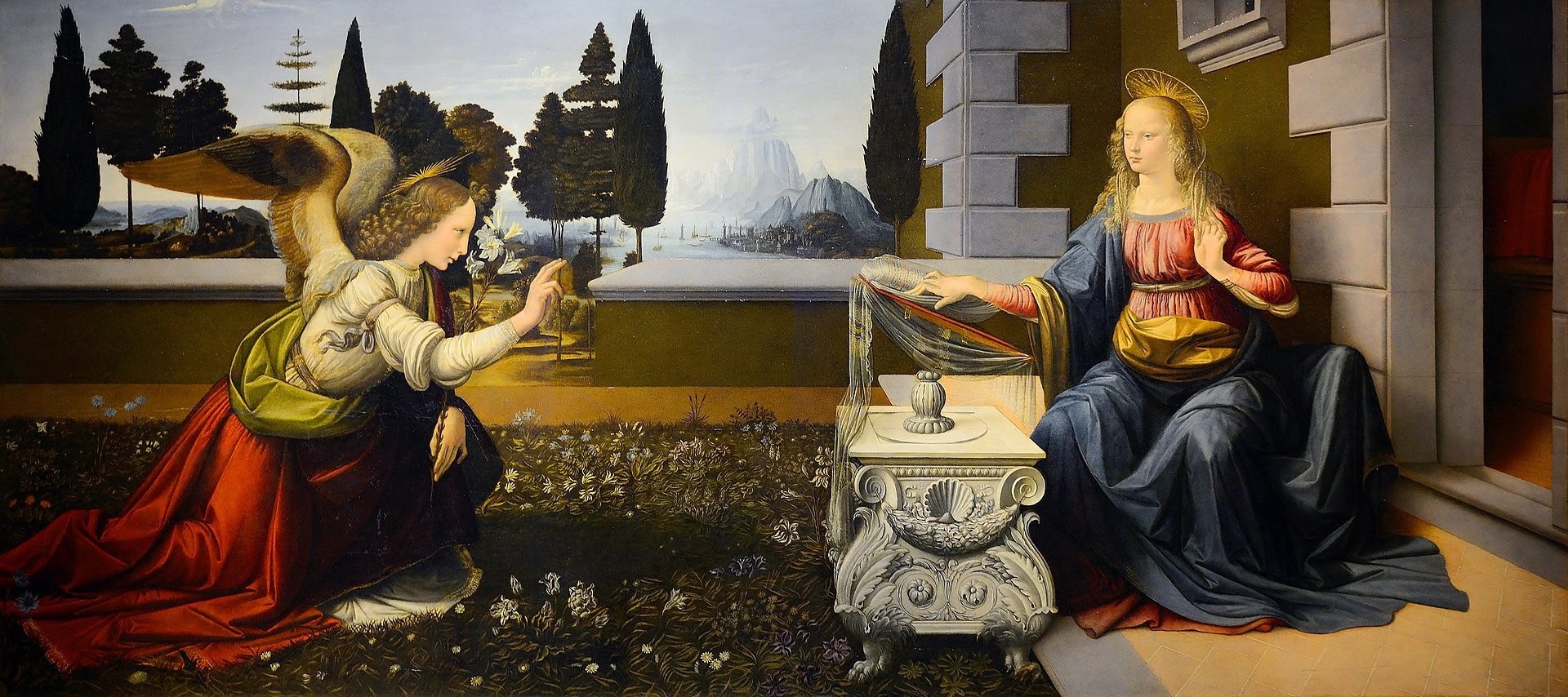As we return to public Mass and we labour under continued restrictions, music directors are trying to figure out what is possible when it comes to liturgical music. Here are a few possibilities.
- A Sung Mass with one Cantor. In Scotland, the guidance from the bishops allows for a cantor to be used ‘at a distance.’ I am not a scientist but as a singer, I know that for possibly centuries, we have been using a breath control exercise which involves singing without extinguishing a candle at mouth level. If the candle does not go out, I wonder how much singing really propels droplets. Anyway, due to the inability to have servers and therefore incense etc, a Low Mass with the ordinary and propers sung by one cantor/organist is possible. The congregation are not allowed to sing and should not join in with the ordinary of the Mass- under the guidelines.
- An Organ Mass. This is not the alternatim practice of baroque France but rather an instrumental version of what would have been the most common practice in preconcilliar Scotland, a Low Mass with Hymns. Where once hymns would have been sung, up to the Introit, during the Offertory, Communion and at the end of Mass, organ music is played (Fortescue, pg 177). This is a long standing tradition in Catholic music which the French call it a ‘Messe Basse’ and there are pieces of music written for the purpose. I have even read that the French symphonic repertoire, with its four movements or parts in each opus were written to fit the Procession, Offertory, Communion and Sortie of the Mass. Organ music can also be played between the elevation and the Pater Noster and adapting music written for an alternatim Mass such as Couperin’s Messe pour les couvents can be effective as can the elevation toccatas of Italian composers like Frescobaldi and Zipoli. An accomplished organist may also improvise these pieces of music as is done every Sunday at the weekly Organ Mass at St Jame’s, Spanish Place, London. It should be pointed out that while my default is the Traditional Latin Mass, it is possible to achieve a similar effect in the Novus Ordo although with some alterations because all of the prayers except the offertory, if you are lucky, are read aloud. The ‘Introit’ piece/improvisation would have to end when the priest reaches the altar and the offertory would not be as long but communion and ‘sortie’ music should work without issue.
Some may ask, why bother, why not just have a Low Mass. Well, the Church has been the primary patron of the arts for most of Her history. Why? Because God is worth the maximum beauty that we can offer and because sacred music lifts the heart and mind to God- the chant most fully as is clothes the sacred silence and provides an exposition of the text in sound, and other music after that. Sunday is different. We can steep ourselves in the silence of the Low Mass during the week but Sunday is the Lord’s day and deserves the most solemnity that we can achieve.
So, there are my thoughts on Sacred Music in Lockdown Liturgy.
I will be playing an Organ Mass tomorrow, with the following music.
Introit- (Up to the Introit)- ‘Duo’, Suite du Premier Ton, Louis Nicolas Clérambault
Offertory- ‘Récit de Nazard’ Suite du Deuxieme Ton, Louis Nicolas Clérambault
Communion- ‘Récits de Cromorne et de Cornet séparé en Dialogue’, Suite du Premier Ton, Louis Nicolas Clérambault
Sortie- ‘Grand plein jeu’, Suite du Premier Ton, Louis Nicolas Clérambault
Clérambault was organist of the Church of St Sulpice, Paris. He died in 1749.

